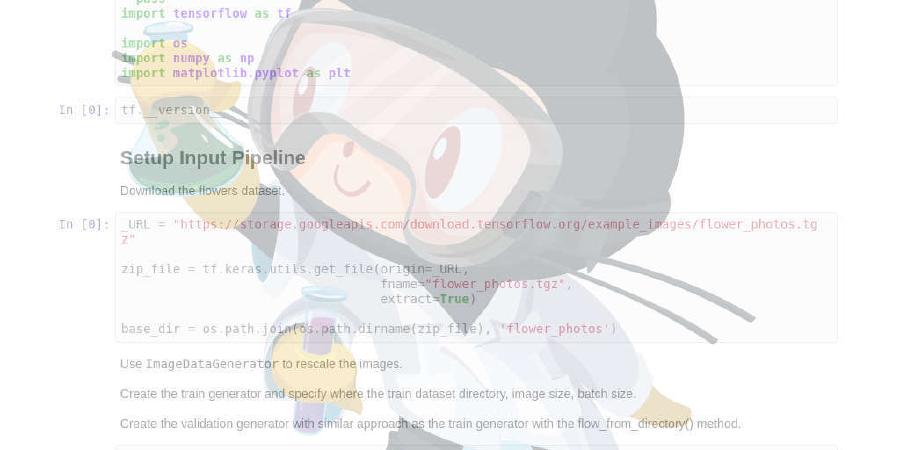jgraph/drawio-desktop

Official electron build of draw.io
| repo name | jgraph/drawio-desktop |
| repo link | https://github.com/jgraph/drawio-desktop |
| homepage | https://www.draw.io |
| language | JavaScript |
| size (curr.) | 1342 kB |
| stars (curr.) | 5596 |
| created | 2017-05-25 |
| license | Apache License 2.0 |
About
drawio-desktop is a draw.io desktop app based on Electron.
Download built binaries from the releases section.
Security
draw.io Desktop is designed to be completely isolated from the Internet. All JavaScript files are self-contained, the Content Security Policy forbids running remotely loaded JavaScript.
No diagram data is ever sent externally, nor do we send any analytics about app usage externally. This means certain functionality for which we do not have a JavaScript implementation do not work in the Desktop build, namely .vsd and Gliffy import.
Build Status
Developing
draw.io is a git submodule of drawio-desktop. To get both you need to clone recursively:
git clone --recursive https://github.com/jgraph/drawio-desktop.git
To run this:
- npm install (in the root directory of this repo)
- npm install (in the drawio directory of this repo)
- export DRAWIO_ENV=dev if you want to develop/debug in dev mode.
- If you run in dev mode, clone https://github.com/jgraph/mxgraph as a sibling directory to this repo, rename the folder containing the repo “mxgraph2”.
- npm start runs the app.
To release:
- Update the draw.io sub-module and push the change
- Wait for the builds to complete (https://travis-ci.org/jgraph/drawio-desktop and https://ci.appveyor.com/project/davidjgraph/drawio-desktop)
- Go to https://github.com/jgraph/drawio-desktop/releases, edit the preview release.
- Download the windows exe and windows portable, sign them using signtool sign /a /tr http://timestamp.globalsign.com/?signature=sha2 /td SHA256 c:/path/to/your/file.exe
- Re-upload signed file as draw.io-windows-installer-x.y.z.exe and draw.io-windows-no-installer-x.y.z.exe
- Add release notes
- Publish release

draw-io desktop uses draw-io. draw.io uses the mxGraph library as the base of the stack, with the GraphEditor example from mxGraph as the base of the application part.





